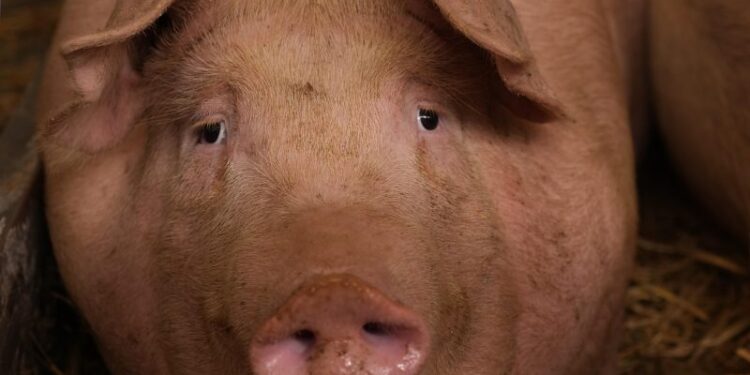
PORTLAND, Ore. (KOIN) — Amidst a rise in bird flu cases in the Pacific Northwest, including the first-ever human cases of bird flu, officials announced Wednesday the first-ever case of H5N1 Influenza spread to a pig in the U.S. at a farm in Oregon.
According to a release from Congressman Cliff Bentz (R-OR), the case was reported at a backyard farming operation in Crook County, located in the center of the state, that has chickens and other livestock, including five pigs.
On Oct. 25, the Oregon Department of Agriculture announced the first cases of H5N1 in Crook County in the farm’s poultry, and four days later they announced that one of the five pigs was also infected.
It’s believed that the disease spread because the livestock and poultry shared the same water supply, housing and equipment.
The farm’s pigs were all euthanized to allow for testing and, according to officials, only one has tested possible so far. Two tested negative while results for two others are still pending.
Officials said there is no concern about the nation’s pork supply since it is a private farm, but the farm was also quarantined to prevent the spread of the virus to other animals.
The farm’s other animals, including sheep and goats, are still being monitored.
The USDA has conducted genetic tests on the farm’s poultry and has not seen any mutations that suggest the virus is gaining an increased ability to spread to people. That indicates the current risk to the public remains low, officials said.
Pigs can be infected with multiple types of flu, and the animals can play a role in making bird viruses better adapted to humans, she explained. The 2009 H1N1 flu pandemic had swine origins, said Jennifer Nuzzo, a Brown University pandemic researcher.
“If we’re trying to stay ahead of this virus and prevent it from becoming a threat to the broader public, knowing if it’s in pigs is crucial,” Nuzzo said.
A different strain of the bird flu virus has been reported in pigs outside the U.S. in the past, and it did not trigger a human pandemic.
“It isn’t a one-to-one relationship, where pigs get infected with viruses and they make pandemics,” said Troy Sutton, a Penn State researcher who studies flu viruses in animals.
This version of bird flu — known as Type A H5N1 — has been spreading widely in the U.S. among wild birds, poultry, cows, and a number of other animals. Its persistence increases the chances that people will be exposed and potentially catch it, officials say.
It isn’t necessarily surprising that a pig infection was detected, given that so many other animals have had the virus, experts said.
The Oregon pig infection “is noteworthy, but does it change the calculation of the threat level? No, it doesn’t,” Sutton said. If the virus starts spreading more widely among pigs and if there are ensuing human infections, “then we’re going to be more concerned.”
So far this year, 36 human cases have been reported — 16 in California, 10 in Colorado, six in Washington, two in Michigan, one in Texas, and one in Missouri. Symptoms have been mostly mild, including eye redness, and all but one have been tied to contact with infected animals.
The Associated Press contributed to this report.







